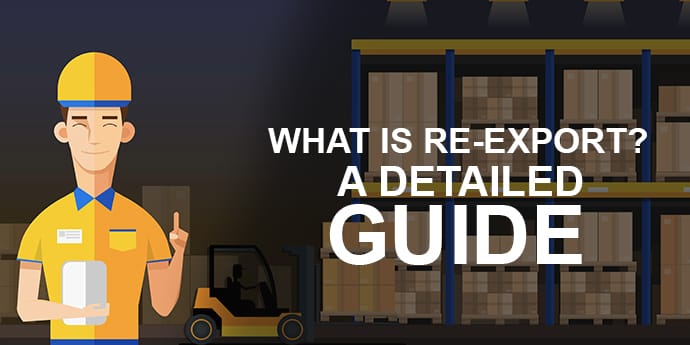
What Is Re-Export Trade? Understanding China’s Strategy in a Shifting Global Market
In today’s increasingly complex global trade environment, more businesses are turning to re-export trade as a strategic response to rising tariffs, geopolitical tensions, and shifting supply chains.
One country that has made significant use of this strategy in recent years is China — especially in the wake of U.S. tariffs on Chinese goods.
But what exactly is re-export trade? And how does it work?
🔄 What Is Re-Export (Transshipment) Trade?
Re-export trade refers to the practice of exporting goods to a third country or region before they reach their final destination, often with minimal processing or relabeling. This middle stop can help avoid tariffs, bypass trade barriers, or take advantage of favorable trade agreements between the third country and the destination country.
It’s not illegal when done correctly — but it requires strict customs compliance and transparent documentation.
🇨🇳 China’s Use of Re-Export Trade: A Real-World Example
In response to rising tariffs imposed by the U.S., some Chinese exporters have shifted to indirect export routes via third countries, especially in Southeast Asia.
Here’s how the process typically works:
- Chinese manufacturers produce goods (e.g., electronics, textiles).
- Goods are shipped to countries like Vietnam, Malaysia, or Cambodia.
- In the third country, goods may undergo light processing, repackaging, or origin label changes (e.g., “Made in Vietnam”).
- Products are then exported from the third country to the U.S., potentially enjoying lower or zero tariffs.

This method helps Chinese exporters maintain competitive pricing in foreign markets while technically complying with new trade policies.
📉 Why Re-Export Trade?
- ✅ Tariff avoidance: Circumvent high tariffs on Chinese-origin goods.
- ✅ Use trade agreements: Leverage countries that have free trade agreements (FTAs) with the U.S.
- ✅ Reduce geopolitical exposure: Mitigate the risks of being caught in trade wars.
- ✅ Preserve profit margins: Keep products affordable in competitive markets like the U.S. and EU.
⚠️ Challenges and Risks
While re-export trade can be effective, it’s not without its challenges:
- Tightened scrutiny: U.S. Customs and Border Protection (CBP) has stepped up investigations into product origin.
- Anti-circumvention investigations: If authorities determine that re-exporting is used to evade duties, heavy penalties can follow.
- More complex documentation: Multi-country trade flows require clear paperwork to prove legal compliance.
- Longer transit times and costs: Additional stops may increase logistics complexity.
💡 Key Takeaway
Re-export trade is a powerful strategy in today’s shifting trade landscape.
When done legally and strategically, it can help businesses reduce costs, manage risks, and stay globally competitive.
However, it requires a trusted logistics partner to ensure customs compliance, smooth coordination, and transparent documentation across borders.
